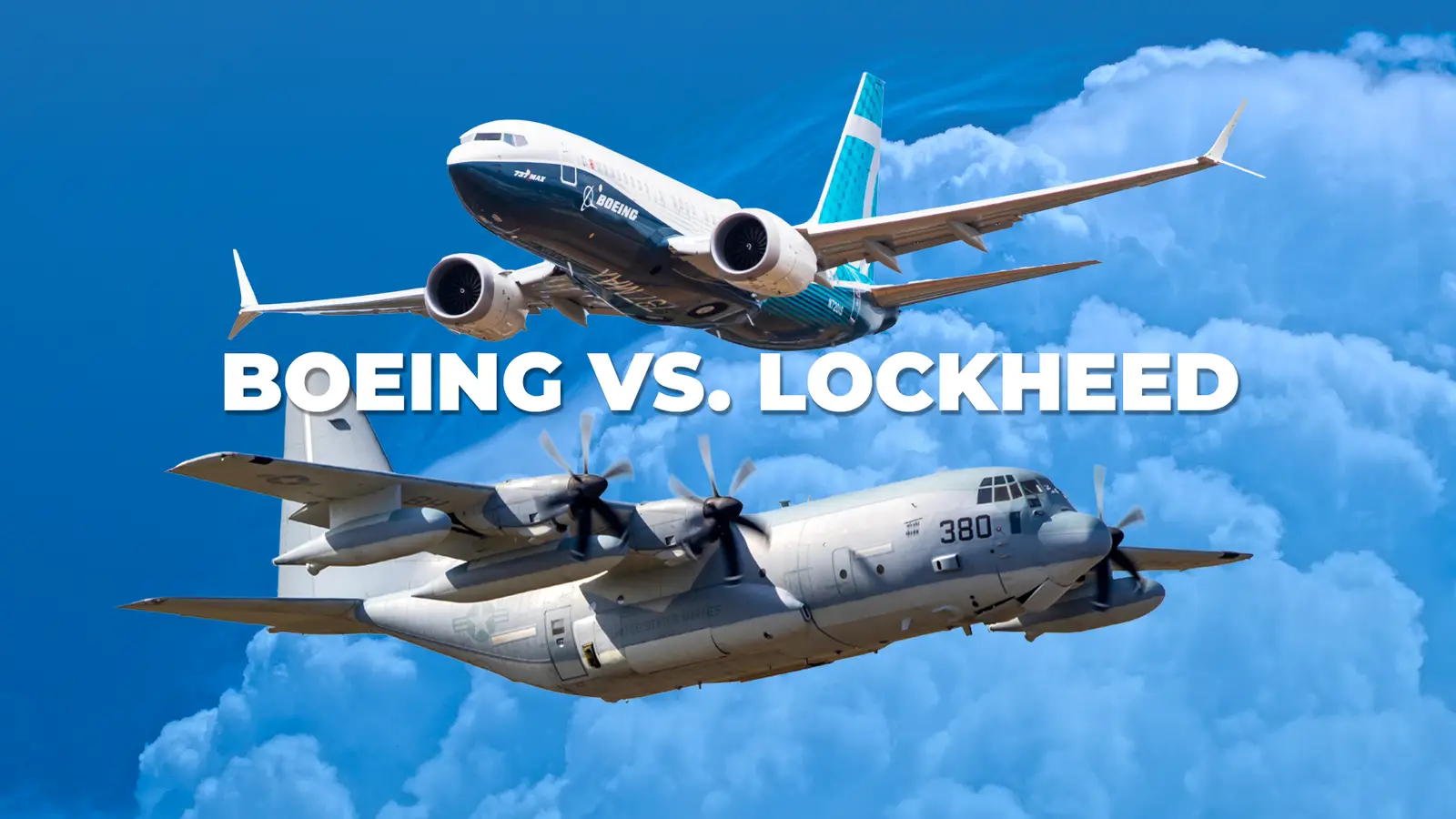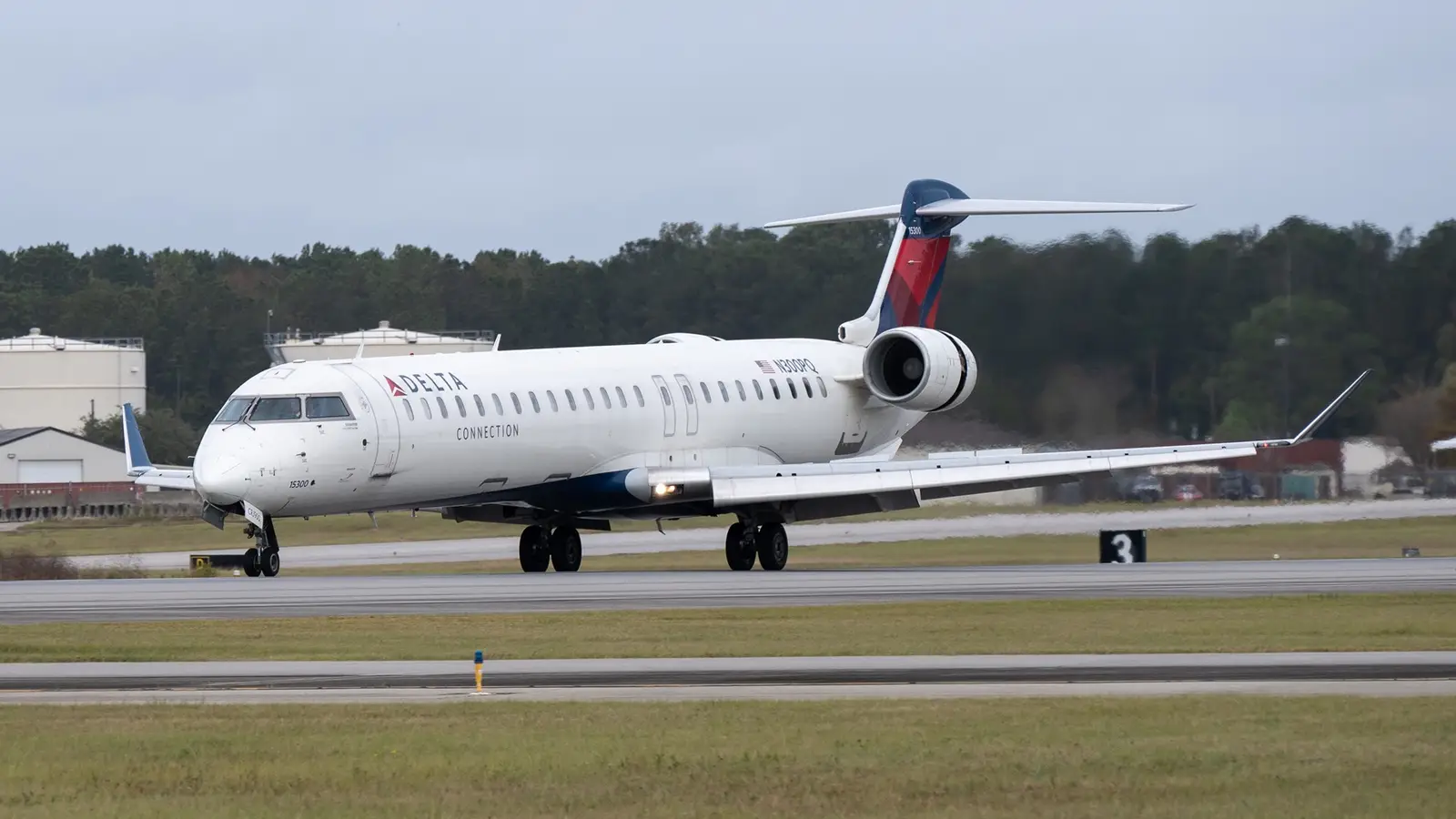
When it comes to aviation, few names command as much recognition as Boeing and Lockheed Martin. Both companies have shaped the skies for decades, producing some of the most iconic aircraft in history. Yet, their approaches to aviation and the markets they serve differ dramatically. Boeing has become synonymous with commercial airliners like the 747 and 737, while Lockheed has focused almost exclusively on military aviation, with legendary aircraft such as the C-130 Hercules and the F-22 Raptor. In this guide, we’ll unpack the key differences between Boeing and Lockheed, exploring their histories, product lines, innovations, and global impact.
Understanding the distinction between these two aviation giants is crucial not just for enthusiasts, but for anyone interested in how aerospace companies define their priorities. Boeing has cultivated a dual identity: half of its business rests on building civil aircraft that move millions of passengers daily, while the other half supports global militaries with tankers, transports, and surveillance aircraft. Lockheed Martin , meanwhile, pivoted early to focus almost entirely on defense and advanced technology, abandoning civil aviation decades ago. This division underscores their contrasting philosophies and explains why Boeing jets dominate the world’s airports while Lockheed aircraft shape air power strategies around the globe.
Origins And Corporate Identities
Boeing was founded in 1916 in Seattle by William E. Boeing, initially producing floatplanes. It was also the constructor of America’s first all-metal, monoplane pursuit aircraft. Over the next century, it grew into the world’s largest aerospace company, powered by products like the iconic B-17 Flying Fortress, the Boeing 707 , the first successful American jetliner, and the Boeing 747 , which ushered in the era of global mass air travel.
Today, Boeing is structured around two major divisions: Commercial Airplanes (producing jets like the 737 MAX and 787 Dreamliner) and Defense, Space and Security (handling military aircraft, satellites, and advanced systems).
Lockheed Martin’s roots trace back to 1912 with the Alco Hydro-Aeroplane Company, later becoming Lockheed Corporation. Lockheed became known for high-performance designs: the Lockheed P-38 Lightning in World War II, the Lockheed C-130 Hercules transport, the F-104 Starfighter, and, of course, the Mach 3.3 capable SR-71 Blackbird.
In 1995, Lockheed merged with Martin Marietta to form Lockheed Martin, a company that would double down on defense and space technologies. Today, civil airliners are absent from its catalog; instead, Lockheed builds fighters like the F-35 Lightning II, airlifters, and classified projects under its famed Skunk Works division.
The identities are thus sharply defined: Boeing straddles both civil and military worlds, while Lockheed is almost entirely military and government-focused.
Commercial Aviation: Boeing’s Domain, Lockheed’s Retreat
When travelers board an airplane at any major airport, odds are high they’re stepping onto a Boeing. The Boeing 737 family alone has carried billions of passengers since its introduction in the late 1960s, while the 747 transformed intercontinental flying into an accessible reality. Boeing’s civil portfolio today includes the 737 MAX, 767, 777, and Boeing 787 Dreamliner, serving markets from short-haul domestic flights to ultra-long-haul international routes.
Lockheed once had ambitions in civil aviation: Its Constellation series was a piston-era favorite, powering transatlantic services in the 1940s and 1950s. Later, the Lockheed L-1011 TriStar , a widebody jetliner launched in the 1970s, competed with the DC-10. Despite strong engineering, commercial missteps, and engine supply issues doomed the L-1011. By the 1980s, Lockheed exited the civil aviation business altogether, leaving Boeing (and rival Airbus) to dominate the commercial market.
Lockheed’s retreat left Boeing unrivaled among American manufacturers in passenger aviation, while Lockheed concentrated entirely on defense, a decision that continues to define its role today.
Military Might: Contrasting Defense Portfolios
Military aviation is where the Boeing–Lockheed comparison becomes more evenly matched. Boeing produces some of the most enduring military platforms: the B-52 Stratofortress, in service since 1955 and still flying today; the KC-135 Stratotanker and its successor KC-46 Pegasus ; and specialized derivatives of its civilian jets, such as the E-3 Sentry AWACS (based on the 707) and the P-8 Poseidon (based on the 737). Boeing also builds modern fighters like the F-15EX Eagle II and F/A-18 Super Hornet.
Lockheed Martin, meanwhile, is considered the world’s top defense contractor. Its C-130 Hercules has been the workhorse of tactical airlift since the 1950s, and its C-5 Galaxy remains the United States Air Force’s strategic heavy lifter. Lockheed’s crown jewel is the F-35 Lightning II, a fifth-generation stealth fighter adopted by more than a dozen countries. Its Skunk Works division also produced the Cold War’s most advanced aircraft: the U-2 spy plane and the SR-71 Blackbird.
The distinction here is clear: Boeing dominates bombers, tankers, and derivatives of civil jets, while Lockheed excels at fighters, airlifters, and cutting-edge reconnaissance aircraft.
Innovation And Technology Philosophies
Both Boeing and Lockheed Martin are known for groundbreaking technologies, but their philosophies differ. Boeing emphasizes incremental yet impactful innovation in the civil market, think of the composite fuselage and advanced aerodynamics of the 787 Dreamliner, or the efficiency gains of the 737 MAX.
Its military division follows a similar path, refining proven platforms like the F-15 and KC-135, stretching them across decades of service with upgrades that keep them relevant in modern conflict.
Lockheed Martin thrives on high-risk, high-reward breakthroughs. The Skunk Works division pioneered stealth technology, revolutionizing military aviation with the F-117 Nighthawk and SR-71 Blackbird. The company also has a strong interest in hypersonics, advanced materials, and classified black projects. Unlike Boeing, Lockheed does not need to balance passenger experience with engineering; its innovations support military and space missions.
Lockheed’s culture of secrecy and bold experimentation contrasts with Boeing’s pragmatic, market-driven approach. One seeks disruptive leaps, the other pursues sustainable evolution, yet together, their philosophies define much of modern aerospace progress.
Boeing Vs Lockheed: Flagship Military Aircraft Showdown
When comparing Boeing and Lockheed Martin, one of the most telling areas is their flagship military aircraft, the platforms that define their engineering priorities, market positioning, and legacy. Here’s how their top weapons stack up in real head-to-head contexts.
F-15 Eagle vs Lockheed’s High-End Fighters: The F-15 Eagle, developed by McDonnell Douglas and now supported by Boeing, is one of the most successful air superiority fighters ever built. Introduced in the 1970s, it has an unrivaled combat record and continues to evolve with the advanced F-15EX variant. Designed for speed, range, and raw power, the Eagle epitomizes Boeing’s focus on reliability and proven combat capability. Lockheed Martin’s counterpart in the high-end fighter realm is the F-22 Raptor . Although produced in smaller numbers, the F-22 represents a leap into fifth-generation stealth technology. Where the Eagle emphasizes brute force and sustained adaptability, the Raptor emphasizes invisibility and first-strike dominance. Together, the F-15 and F-22 illustrate the philosophical divergence: Boeing builds on proven designs to extend relevance, while Lockheed pushes into radical new territory, even at higher costs and with fewer airframes.
F/A-18 / Hornet Line vs F-16 / Falcon Line: The F/A-18 Hornet line, now developed and maintained by Boeing after the McDonnell Douglas merger, represents versatility above all else. Built to operate from aircraft carriers, it can perform air superiority, strike, and reconnaissance missions with equal competence. Its modernized variant, the Super Hornet, remains the backbone of the US Navy’s carrier air wings. Lockheed Martin, in contrast, has dominated the lightweight fighter export market with the F-16 Fighting Falcon. First developed by General Dynamics, the aircraft has been continuously upgraded under Lockheed’s stewardship and remains one of the most widely used fighters in the world. Known for its agility, affordability, and adaptability, the F-16 has found homes in more than two dozen air forces.
JSF Contest: Boeing’s X-32 vs Lockheed’s X-35: Perhaps the most famous direct clash between the two companies came during the Joint Strike Fighter (JSF) program. Boeing’s X-32 was a bold but unconventional design, emphasizing simplicity and cost control. Lockheed Martin’s X-35, on the other hand, showcased greater stealth potential, longer range, and the flexibility of short takeoff and vertical landing capability. The Pentagon ultimately selected the X-35, which went on to become the F-35 Lightning II, today the backbone of allied air power across multiple continents. Boeing may have lost the prime contract, but it remains a significant industrial partner in the program, producing major fuselage components and other subsystems. This episode captures the competitive yet intertwined nature of Boeing and Lockheed: even in defeat, Boeing’s manufacturing capacity ensured it still played a role in Lockheed’s biggest victory.
Helicopter Domain: Boeing CH-47 Chinook vs Lockheed (Sikorsky) CH-53: Another arena where their products collide is in heavy-lift helicopters. Boeing’s CH-47 Chinook, recognizable by its twin rotors, has been in service since the 1960s and continues to prove its worth in both military and humanitarian roles. It excels in payload capacity and rugged versatility, making it indispensable for missions ranging from troop deployment to disaster relief. Lockheed Martin, through its Sikorsky division, counters with the CH-53 series. The latest variant, the CH-53K King Stallion, offers extraordinary lifting power and extended range, giving the U.S. Marine Corps a helicopter capable of transporting vehicles and heavy equipment across long distances. While the Chinook emphasizes proven reliability and global adaptability, the CH-53 line pushes the boundaries of what heavy-lift rotorcraft can achieve.
For military operators, the choice between Boeing and Lockheed products is not simply about specifications but about doctrine and strategy. Nations seeking global reach, aerial refueling, or naval aviation often find themselves turning to Boeing. Those prioritizing stealth, advanced fighter technology, or specialized heavy-lift capability look toward Lockheed Martin. The result is a dynamic balance of power in which both companies remain indispensable pillars of US and allied defense.
Looking Ahead: Diverging Futures
As the aerospace industry evolves, Boeing and Lockheed Martin face diverging futures. Boeing continues to wrestle with challenges in its commercial division, like the 737 MAX safety controversies and 787 production slowdowns, but demand for efficient long-haul travel ensures it will remain central to global aviation. On the defense side, Boeing’s upgrades to the F-15EX and C-17, plus programs like the T-7A Red Hawk trainer, will sustain its role.
Lockheed Martin is doubling down on advanced defense capabilities. The F-35 program alone could generate decades of revenue, while new Skunk Works projects hint at sixth-generation stealth aircraft and hypersonic designs. Lockheed’s focus is on staying ahead of peer competitors like China and Russia, not on reentering the civilian market.
For the future of aviation, this divergence is critical: Boeing remains tied to the global airline ecosystem, while Lockheed operates at the edge of military innovation.



